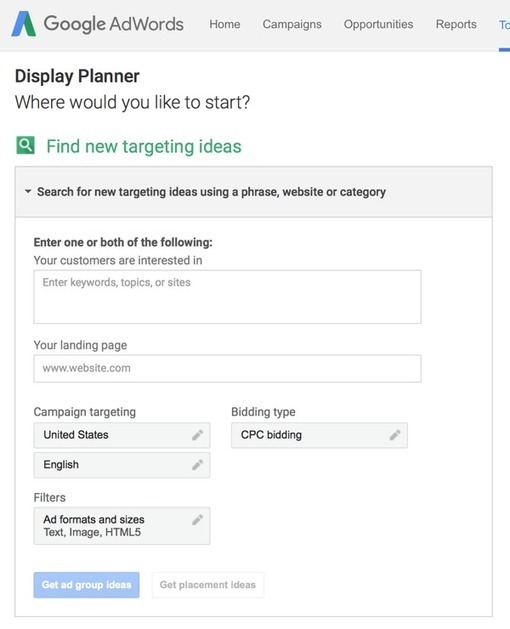
Are you marketing on YouTube? Could you use some new ideas to improve your YouTube results? Perhaps you should reconsider your YouTube approach. In this article you’ll discover four tips to make your YouTube marketing more effective. #1: Pique Curiosity With Unconventional Video People aren’t going to click on your video to see a boring infomercial. They may be willing to tolerate a dry tutorial if it offers unique advice that they won’t find elsewhere. The most successful YouTube videos, though, tell an original and interesting story. This ad from Android is a good example. It may be easier to come up with great content ideas if you don’t limit yourself to videos that relate directly to your product or business. This is particularly important if you’re in an industry that’s hard to get people excited about (such as asphalt contracting). Consider this video of a young girl dancing, which was used to promote the Samsung Galaxy 580 phone. The video is seemingly unrelated to the product, yet still reflects positively on the company. The video conveys the excitement that Samsung wants its customers to feel about its phone. It helps set the mood for people to take the next step, which is to visit the URL at the end to learn more about the product. Your goal is to keep viewers engaged long enough to soften them up for your call to action. Don’t go overboard with this type of content, though. You’ve probably seen some commercials and had no idea what the message was until the very end, which left you confused about the company. Make sure that your videos evoke the emotions you want customers to feel about your company, even if there isn’t a direct connection between your video content and the product you’re ultimately promoting. #2: Support Customer Research With Keywords When marketing on YouTube, it’s important to recognize and consider your audience’s stage in the buying process. Some marketers try to cold-sell to customers and prospects who might be interested in their products. The problem is that people who find your videos on YouTube are usually in the discovery stage and aren’t ready to commit to a purchase. For this reason, it’s important to choose keywords that are relevant to people who are looking for new information and to provide video content that educates based on those keywords. You can use the AdWords Display Planner tool to research keywords for your video descriptions and ad targeting. What types of keywords should you look for? Consider words and phrases that are relevant to both your industry and products. For example, if you have a car repair shop, you could target keywords such as “how to change oil” and “auto mechanic.” Testing Keyword Performance in YouTube Ads Your keywords need to receive enough exposure for you to properly test them. Choose keywords with at least 1,000 monthly impressions, and you should be able to gather enough data to gauge their effectiveness. During the initial keyword testing phase, you want to collect data on the performance of keywords in your ads in a cost-effective way. Some of the keywords you’re bidding on may generate more volume than you expect, especially if you’re bidding competitively. YouTube is a massive site, so it’s easy to quickly blow your ad budget, especially if you choose high-volume targeting options. Unless you’re working with a big budget to start with, set your budget low enough to ensure you don’t spend too much on a single keyword target. You can always raise your budget after you’ve had a chance to optimize your campaign and know which keywords offer the best ROI. #3: Qualify Leads With YouTube Video The goal of your video should be to prequalify viewers and send fully interested prospects on to your website to learn more about your products and services. You’ll have an easier time converting website visitors after you’ve warmed them up to your offers. So how do you warm up and qualify a prospect? Focus on providing video that engages and educates people, but leaves them hanging a little. Use the video to convince them that they need to visit your website to get the information they require. Close your video by saying something like: “We describe this in more detail on our site. Please visit yourbranddomain.com for more information.” #4: Optimize Your Channel Page to Drive Traffic Many advertisers focus exclusively on monetizing traffic to their video pages. While most viewers will find your video content first, they’ll also look at your YouTube channel page. Take advantage of those channel page views to drive traffic to your other online properties. To optimize your channel page, provide relevant information about your company and include links to your website and other social media profiles. Also make good use of your banner header, where you can insert four clickable links. Be sure to add appropriate calls to action there. Conclusion To determine which YouTube advertising and marketing strategies are working for you, it’s important to test your campaigns and collect data on what techniques are most effective. Try testing your content in these areas: Video content ideas Different contextual keywords Various video lengths Several audience targets Trial and error play a key role in YouTube advertising, so take some time to brainstorm different variables to test in your campaigns. Try the tactics above to improve your YouTube marketing campaigns and increase brand recognition among your target audience. What do you think? Will any of these tips work for your business? Do you have other tips or tactics that have worked well for you? Please share your thoughts and experiences in the comments below.
No comments:
Post a Comment